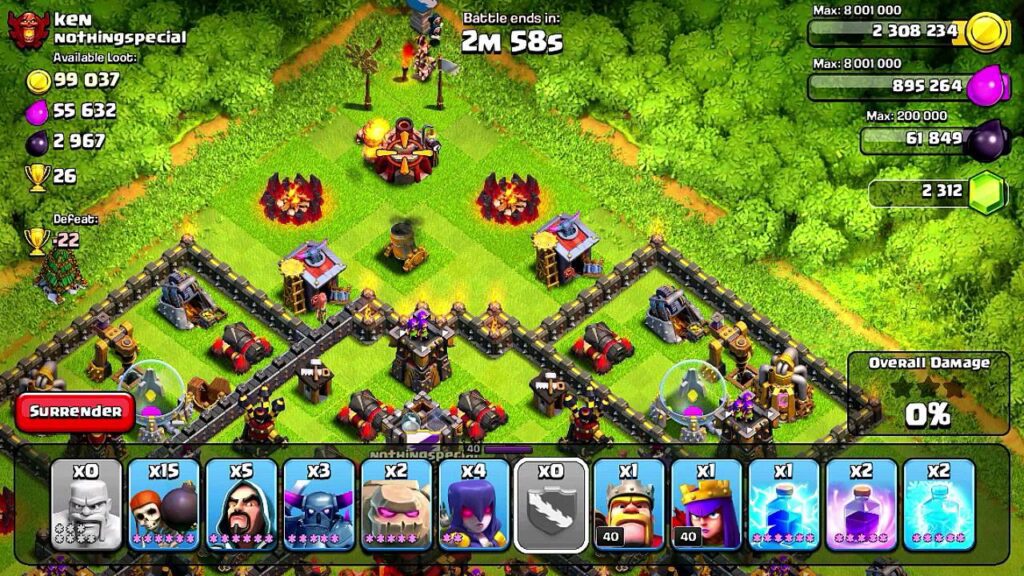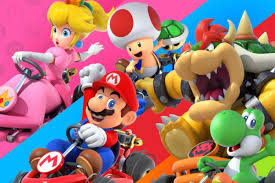In the competitive landscape of mobile gaming, user retention has emerged as a critical metric for success. With the average mobile game losing 77% of its daily active users within the first three days of launch (Source: GameAnalytics, 2021), developers must adopt innovative strategies to keep players engaged. This article delves into advanced techniques that game app developers can implement to enhance user retention, supported by real-world examples and data-driven insights.

Understanding User Retention Metrics
User retention is typically measured through various metrics, including Day 1, Day 7, and Day 30 retention rates. These metrics provide insights into how well a game retains its players over time. According to a report by Adjust (2022), the average Day 1 retention rate for mobile games is around 26%, while Day 30 retention drops to approximately 6%. Understanding these metrics is crucial for developers aiming to improve their games.
1. Personalization and User Experience
One of the most effective ways to boost user retention is through personalization. Tailoring the gaming experience to individual players can significantly enhance engagement. For instance, games like “Candy Crush Saga” utilize player data to customize levels and challenges based on user behavior. This approach not only keeps the gameplay fresh but also makes players feel valued.
Research by the Boston Consulting Group (2020) indicates that personalized experiences can lead to a 10-30% increase in user engagement. Developers can leverage machine learning algorithms to analyze player behavior and preferences, allowing for dynamic content adjustments that resonate with users.
2. Gamification of Retention Strategies
Gamification involves incorporating game-like elements into non-game contexts to enhance user engagement. Developers can implement reward systems, challenges, and leaderboards to motivate players to return. For example, “Duolingo,” a language-learning app, employs gamification techniques such as streaks and rewards to encourage daily usage. This strategy has resulted in a reported 34% increase in user retention (Source: Duolingo, 2021).
By integrating similar gamification elements into mobile games, developers can create a sense of achievement and competition, driving players to return regularly. A study by the University of Colorado (2021) found that gamified experiences can increase user retention by up to 50% when effectively implemented.
3. Regular Content Updates
Frequent content updates are essential for maintaining player interest. Games that offer new levels, characters, or events keep the experience fresh and exciting. “Fortnite,” for instance, is renowned for its regular updates and seasonal events, which have contributed to its massive player base and retention rates. According to Epic Games, “Fortnite” has maintained a player retention rate of over 60% due to its continuous content evolution (Source: Epic Games, 2022).
Developers should establish a content roadmap that outlines regular updates and new features. This not only keeps players engaged but also creates anticipation for upcoming content, further enhancing retention rates.
4. Community Building and Social Features
Creating a strong community around a game can significantly impact user retention. Social features such as in-game chat, guilds, and multiplayer modes foster a sense of belonging among players. “Clash of Clans” exemplifies this approach, as its clan system encourages players to collaborate and compete, resulting in a loyal player base. Supercell reported that players who engage with clans have a 30% higher retention rate compared to those who do not (Source: Supercell, 2021).
Developers should consider integrating social features that allow players to connect, share experiences, and collaborate. This not only enhances the gaming experience but also encourages players to return to the game to interact with their friends and community.

Clans, like in Clash of Clans, encourage competition and collaboration.
5. Data-Driven Decision Making
Utilizing analytics tools to track player behavior is crucial for understanding retention challenges. Tools like Firebase and Flurry Analytics provide insights into user engagement, allowing developers to identify pain points and optimize the gaming experience. For instance, a study by App Annie (2022) found that games that actively use analytics to inform updates see a 20% increase in user retention compared to those that do not.
By analyzing data on player behavior, developers can make informed decisions about game design, content updates, and marketing strategies, ultimately leading to improved retention rates.
6. Effective Onboarding Processes
The onboarding process is a critical phase in a player’s journey. A well-designed onboarding experience can significantly impact retention rates. According to a report by UserTesting (2021), games with effective onboarding processes see a 50% increase in Day 1 retention. Developers should focus on creating intuitive tutorials that guide players through the game mechanics without overwhelming them.
For example, “Mario Kart Tour” employs a simple onboarding process that gradually introduces players to game mechanics, ensuring they feel comfortable before diving into more complex gameplay. This approach has contributed to its impressive retention rates.

7. Monetization Strategies that Respect User Experience
While monetization is essential for sustaining a game, aggressive monetization strategies can drive players away. Developers should adopt monetization models that enhance rather than detract from the user experience. For instance, “Fortnite” offers cosmetic items for purchase without impacting gameplay, allowing players to enjoy the game without feeling pressured to spend money.
A study by Newzoo (2022) found that games with player-friendly monetization strategies have a 25% higher retention rate compared to those that employ aggressive tactics. Developers should prioritize user experience in their monetization strategies to foster long-term player loyalty.
Conclusion
In conclusion, boosting user retention in mobile games requires a multifaceted approach that combines personalization, gamification, regular content updates, community building, data-driven decision-making, effective onboarding, and respectful monetization strategies. By implementing these techniques, game app developers can create engaging experiences that keep players coming back for more. As the mobile gaming industry continues to evolve, prioritizing user retention will be key to achieving long-term success.
Key Takeaways
1. Personalization enhances user engagement and retention.
2. Gamification can significantly motivate players to return.
3. Regular content updates keep the gaming experience fresh.
4. Building a community fosters loyalty among players.
5. Data-driven decisions lead to informed game design and updates.
6. Effective onboarding processes are crucial for initial retention.
7. Respectful monetization strategies enhance user experience and loyalty.
FAQ
What is user retention in mobile gaming?
User retention refers to the ability of a game to keep players engaged over time, typically measured through metrics such as Day 1, Day 7, and Day 30 retention rates.
How can personalization improve user retention?
Personalization tailors the gaming experience to individual players, making them feel valued and engaged, which can lead to higher retention rates.
What role does community building play in user retention?
A strong community fosters a sense of belonging among players, encouraging them to return to the game to interact with friends and fellow players.
Why is effective onboarding important for retention?
An effective onboarding process helps players understand game mechanics without feeling overwhelmed, leading to higher initial retention rates.
How can developers use data to improve retention?
By analyzing player behavior through analytics tools, developers can identify pain points and optimize the gaming experience, leading to improved retention rates.

